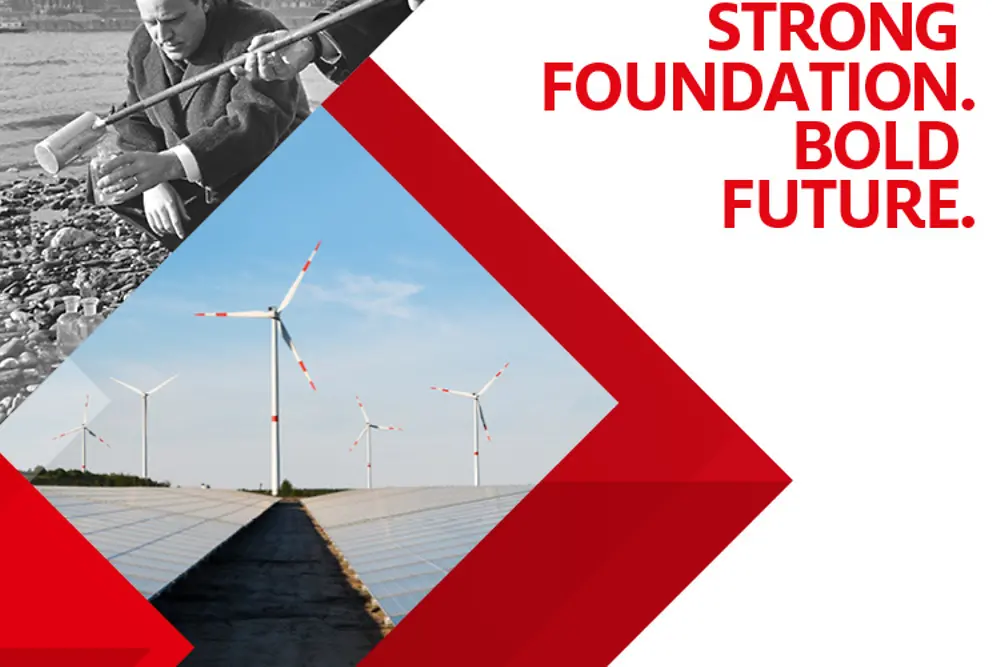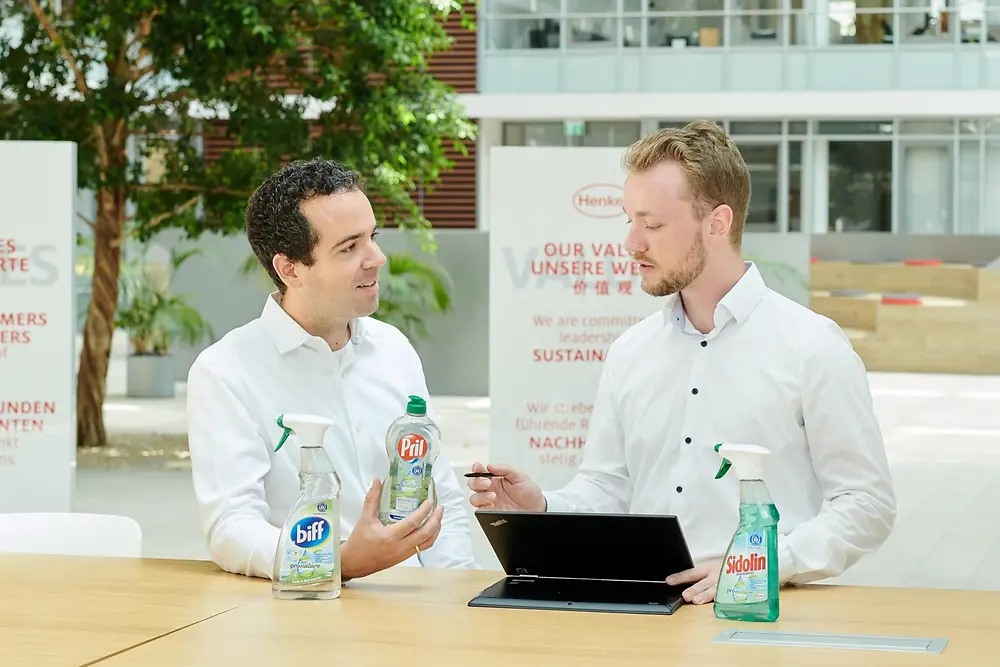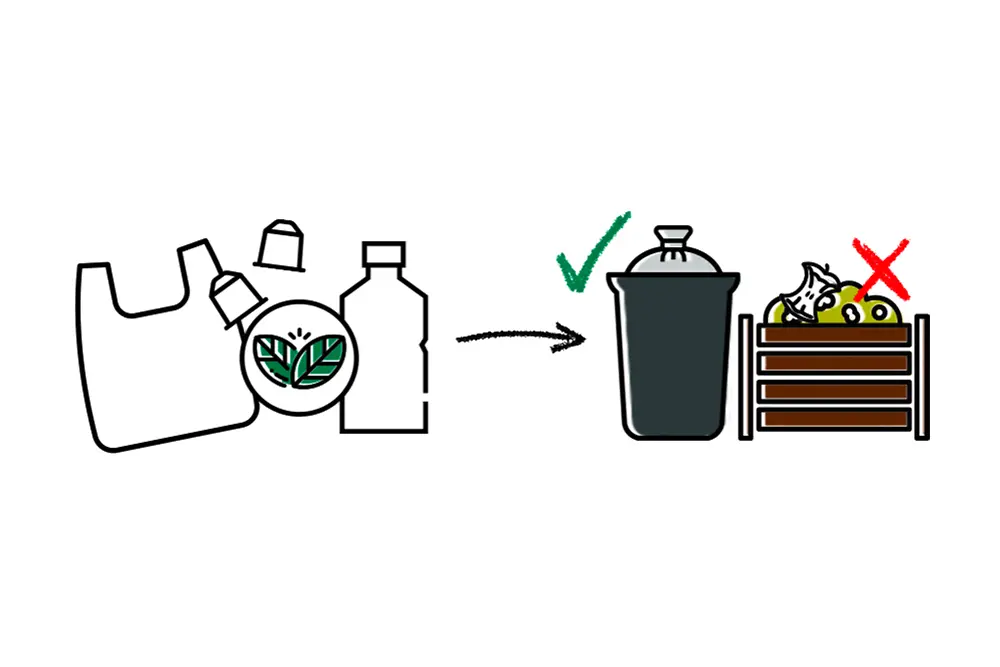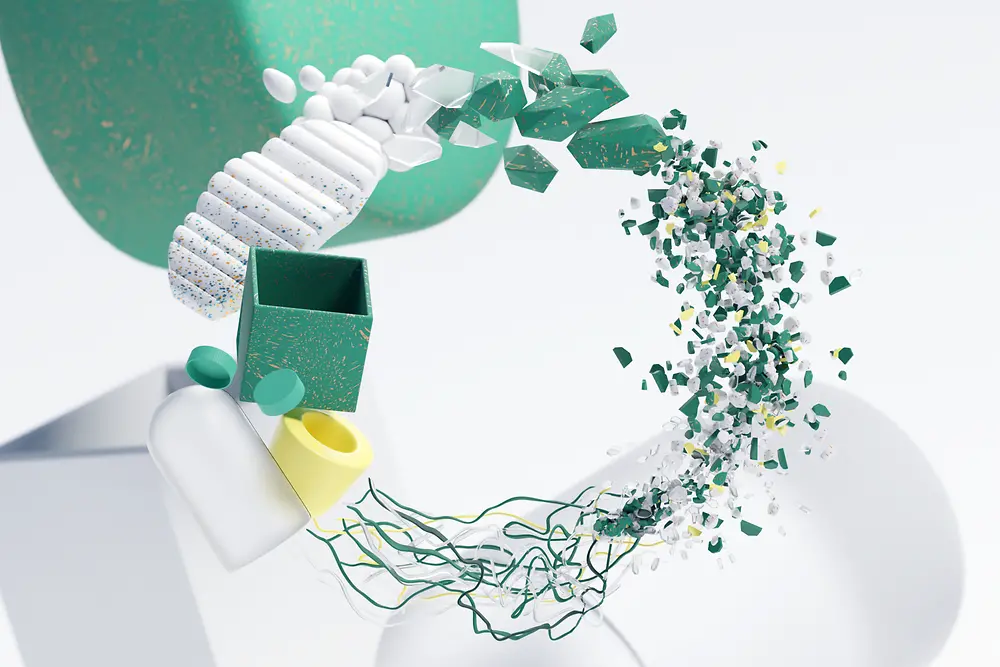Learn more about Henkel Brands & Businesses in UK & Irelands: Includes useful information about the brands, technologies and latest innovations in our business areas: Henkel Adhesive Technologies and Henkel Consumer Brands.
Plastic myths put to the test
Let’s not beat around the bush here: Plastic packaging has an image problem. Increasing environmental pollution has triggered a political and social debate about the facts and fiction of packaging. I think the debate itself is positive and necessary for the future of our planet. However, I believe that plastic has often been wrongly discredited.
Especially notable, is how emotionally the issue is discussed. People often hear or read the following arguments: Many packaging materials are superfluous. Avoiding plastic packaging would not only conserve fossil resources and reduce CO2 emissions, but would also solve the littering problem. And consumers favour packaging made of glass and metal because they are supposedly better for the environment. But what is behind these allegations? Are they true?
Myth 1: Packaging is superfluous
Fresh groceries like vegetables, dairy products or meat last 10 to 25 days longer when packaged than unpackaged. Meanwhile, there is an overarching rule of thumb in the industry: CO2 emissions from the production of packaging are less than ten percent of the CO2 emissions caused by the food’s production. Safe, hygienic packaging prevents groceries from spoiling prematurely. This function of packaging is anything but superfluous. It is enormously important because these days, more than a third of all food produced worldwide is wasted. According to the Food and Agriculture Organization of the United Nations, this food waste is responsible for up to eight percent of the global greenhouse gas emissions. If only a small portion of it could be prevented, we would save tons of CO2 emissions. In addition, and even more important: fewer people on Earth would suffer from hunger.

Dr. Christoph Hoffmann, Director Corporate Strategy, Sustainability & Circular Economy at ALPLA
Myth 2: Packaging wastes resources
The fact is, only four percent of the world’s crude oil goes toward the manufacture of plastic, of which only around 36 percent is processed in packaging. I would like to shed light on this point from another angle: plastic is a recyclable material, just like metal, glass or paper. That means, none of these recyclable materials should carelessly end up in the environment. The only right way to do this is to keep these materials in the circular economy: After consumption, these products are sorted, reprocessed and manufactured into new products, again and again.
Particularly when it comes to the much-cited circular economy, plastic is more convincing than almost any other material. Well-engineered recycling technologies make it possible to recycle used plastic packaging many times without significant loss of quality at a reasonable cost. From the recycled material, fully functional packaging can be produced, keeping with the “bottle-to-bottle” principle.
Word has gotten around that recycling is an important lever for avoiding waste. What many people are less aware of is the contribution of recycling to climate protection. For example, the recycled plastic produced by one of our subsidiaries (PET Recycling Team in Wöllersdorf), actually creates only one-tenth of the greenhouse gas emissions from so-called “virgin material,” or newly manufactured plastic.
Myth 3: Packaging out of glass or metal is ecologically better
If someone were to believe surveys and media reports, consumers are more likely to reach for products with packaging out of metal or glass. The environmentally friendly image of these materials, on closer inspection, doesn’t stand up to scrutiny. To raise this discussion to an objective level, an independent consulting company prepared a study about the environmental impacts of packaging for ALPLA. We now have detailed results for typical packaging solutions for different products, such as mineral water, food products, or laundry detergent in different countries.
Here, I would like to highlight one example: Glass bottles for mineral water are much heavier than PET bottles. Transporting these glass bottles leads to higher emissions of CO2. During the recycling process, glass requires a much higher temperature to melt than plastic. These facts alone make non-returnable glass bottles seem outdated in comparison to non-returnable bottles made from PET with recycling content. Even more interesting is the fact check with reusable bottles: The higher the proportion of recycled material in plastic bottles, the better they perform ecologically in comparison to glass bottles, which helps close the cycle. Collecting and reusing makes sense – it saves resources and prevents emissions from greenhouse gases. However, between the lines is a completely different message for every single one of us: As consumers, we have the power. We have to check the facts and not be influenced by our emotions. We must consume responsibly and not only buy the packaging, but above all, the product. I believe that plastic is a recyclable material with good properties that we need to use responsibly, like all other resources.











